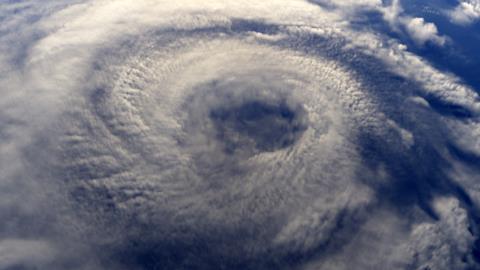Storm activity remains above average as reinsurers face pressure from rising exposure and moderating rates.
The 2025 Atlantic hurricane season is expected to bring above-average storm activity, though slightly less intense than recent years, according to a new report from Moody’s Ratings.

Forecasters from nine weather institutions predict an average of 16 named storms, eight hurricanes, and three major hurricanes this season—exceeding both the long-term average (1950–2024) and the 30-year climate norm (1991–2020).
However, the report noted that “this year’s storm activity is expected to be below that observed during the past couple of years.
The outlook is shaped by several contributing climate factors.
According to Moody’s, “current weak La Niña conditions are expected to transition to more ENSO-neutral conditions this summer,” while “warmer than average sea surface temperatures in the Atlantic Ocean and Caribbean Sea, weaker wind shear and the potential for higher activity from the West African Monsoon will lead to conditions that favour the formation of tropical storms.”
The average projected Accumulated Cyclone Energy (ACE) Index for the season stands at 137, categorised as “above normal” but down from 162 in 2024.
The ACE Index measures the intensity and duration of all storms over a season. “A short-lived tropical storm will be small, while a long-lived major hurricane will generate a high amount of ACE,” the report explained.
Moody’s noted that the probability of a major hurricane making landfall in the US this year is 51%, according to Colorado State University—higher than the long-term average of 43%. Given ongoing inflation, the report warned that “insured losses from hurricane events could rise because of demand surge-related cost increases for building materials and labour.”










No comments yet